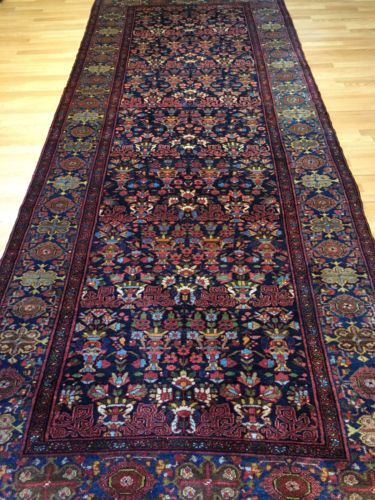Bakhtiari Rug Symbols

The most common bakhtiari design is the.
Bakhtiari rug symbols. History of bakhtiari rugs during the period of the great khans whose wealth and position built many mansions and palaces throughout the charan mahal valley of iran during the eighteenth century lush and sumptuous gardens which this rug represents and enclosed courtyards were a symbol of pride and status. The carpet is divided into individual squares with animals and plants acting as symbols. The designs tend to be very dense and vibrant colors such as deep reds bright blues navy greens brown and beige were commonly used. Bakhtiari rugs are symmetrically knotted on a foundation of cotton.
The bakhtiari rug is a popular persian area rug with a rich history. The bibibaff have a high knot density and are considered one of the best whereas the hori are of looser weave and inferior quality. The tribal roots of the bakhtiari rug have led to the creation of unique checkered designs and motifs now copied by many other regions. An early 20th century visitor to the lush chahar mahal district in central persia noted.
The bakhtiari tribespeople of the rugged zagros mountains are famed for their perilous annual migrations over snow capped peaks and for their lustrous deep toned antique tribal carpets displaying grand scale cornucopian designs. The field is usually divided into compartments. Learn more about the origin style and colors used in bakthiari rugs. To me bakhtiari carpets are among the most interesting of the tribal.
Another influential design features a decorated field with lattice designs and floral ornaments. The colouring and patterns of these rugs are bold. Antique bakhtiari rugs were woven in zagros mountains of iran and mainly woven by villagers and nomads of the area. The pattern of bakhtiari rugs is mainly geometric sometimes semi geometric and seldom curvilinear.
Bakhtiari rug handwoven pile floor covering made under bakhtyārī patronage in certain villages southwest of eṣfahān in central iran.















































